A Game-Changer in Lisbon's Dining Scene
In October 1965, Noite & Dia opened its doors on Avenida Duque de Loulé, designed by the renowned architects Victor Palla and Bento de Almeida. It was the first establishment in Lisbon to combine self-service and snack-bar concepts, creating a sensation in the city. This innovative spot closed in the 1980s but left a lasting impact on Portuguese dining culture.
 Caption: DR | Noite & Dia
Caption: DR | Noite & Dia
The American-Inspired Innovation
Customers were amazed, with one exclaiming to TV reporters, "It feels like we're in America!" as they carried their trays. Noite & Dia was the second self-service in Lisbon, following Solar de Aviz on Avenida da Liberdade, but it quickly became more popular by integrating both self-service on the street level and a snack bar in the basement.
Mixed Reactions and Cultural Shifts
Not everyone was a fan. Critics saw the American-style dining—where people queued to choose food and carried trays to find a table—as a sacrilege in a country known for long, leisurely meals with coffee and conversation. However, Noite & Dia symbolized the changing habits of the 1960s, especially for urban dwellers seeking faster, more practical dining options.
As quoted in Diário de Lisboa and referenced on the blog Restos de Colecção, a manager said, "Life is different now; it demands more speed in everything. Customers don't have the patience to wait half an hour to be served. They arrive and want to eat immediately... The snack bar is part of the future."
 Caption: DR
Caption: DR
Peak Popularity and Specialties
At its peak, under chef Pierre Ramalho, Noite & Dia served 1,700 meals daily, with an average price of 25 escudos. It featured unique dishes like Lagosta à Infante Sagres, Filetes de Linguado Elizabeth, and the famous Fantasia Noite & Dia—a massive ice cream dessert topped with whipped cream and fruit, hailed as the best in Lisbon. The establishment also offered takeaway meals in plastic packaging, another novelty that boosted its popularity.
Closure and Legacy
Noite & Dia closed in the 1980s, post the 1974 Carnation Revolution. The space was later occupied by nightclubs and restaurants such as A Casa da Simone and Apolo Norte. Today, it houses a night club with a restaurant and striptease, a far cry from its original innovative spirit.
Related Historical Context
The article also touches on the Loja da América, a famous store in Baixa that sold elegant clothing and household linens, highlighting Lisbon's evolving retail landscape. It closed in the 1950s, unable to compete with newer, modern shops.
For more stories from Lisbon's past, check out related articles on Time Out Lisboa.




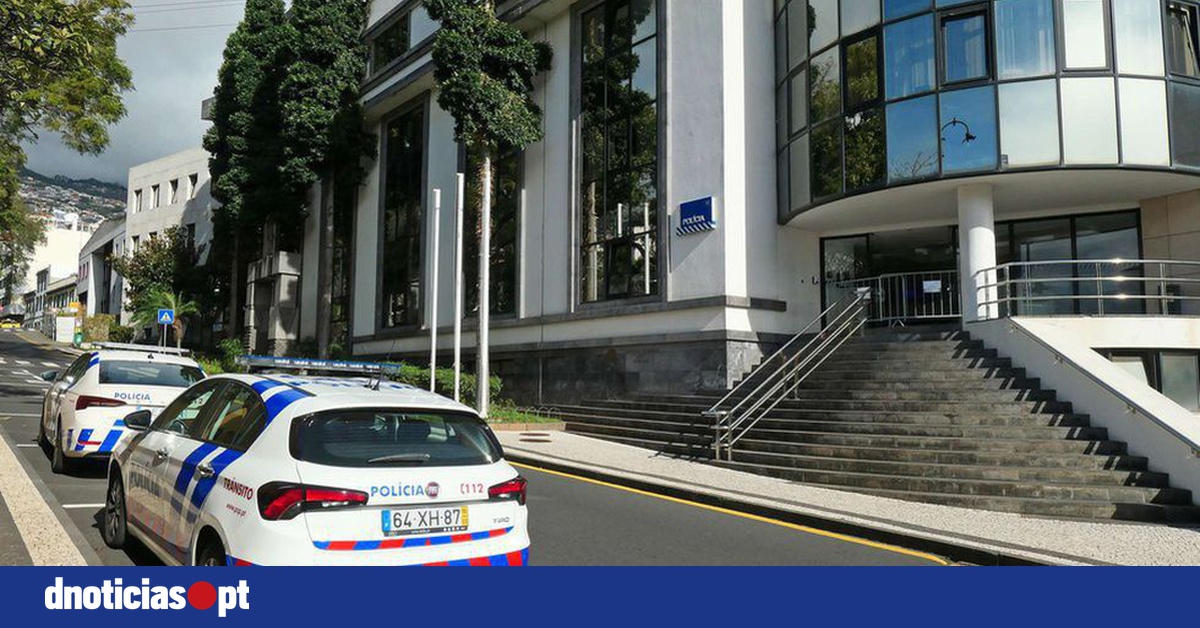








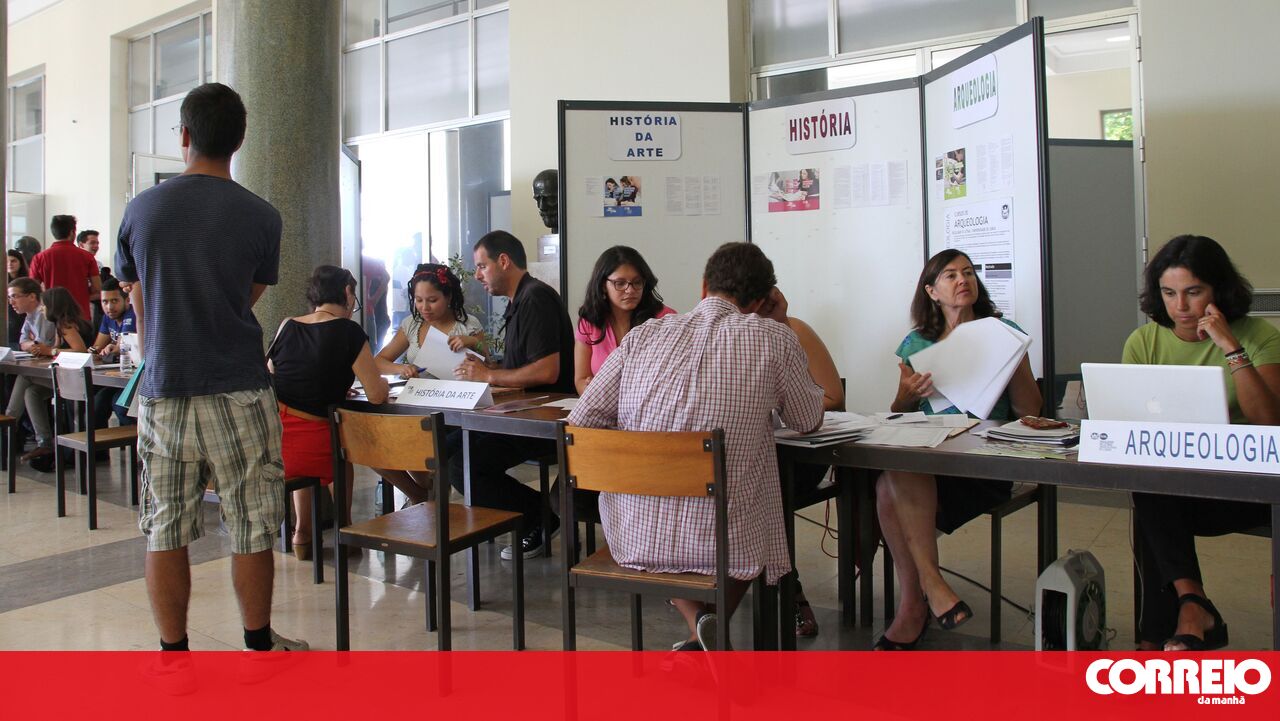


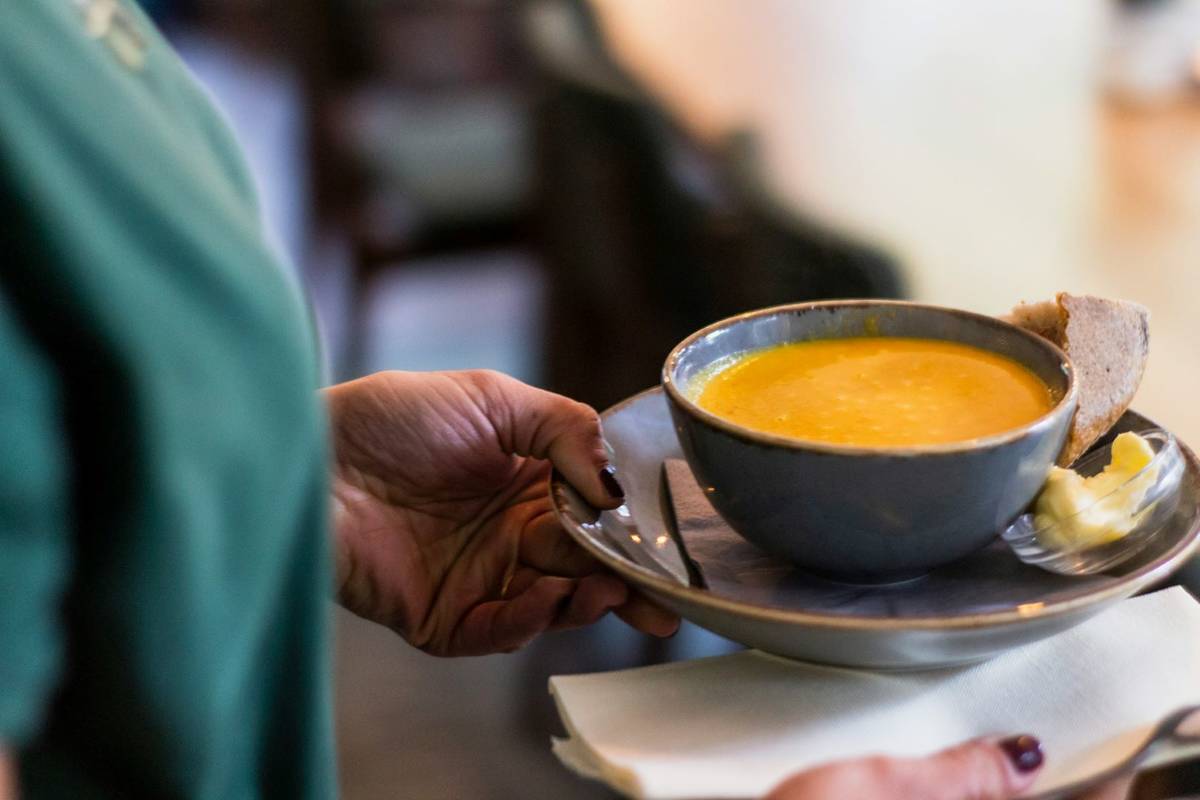


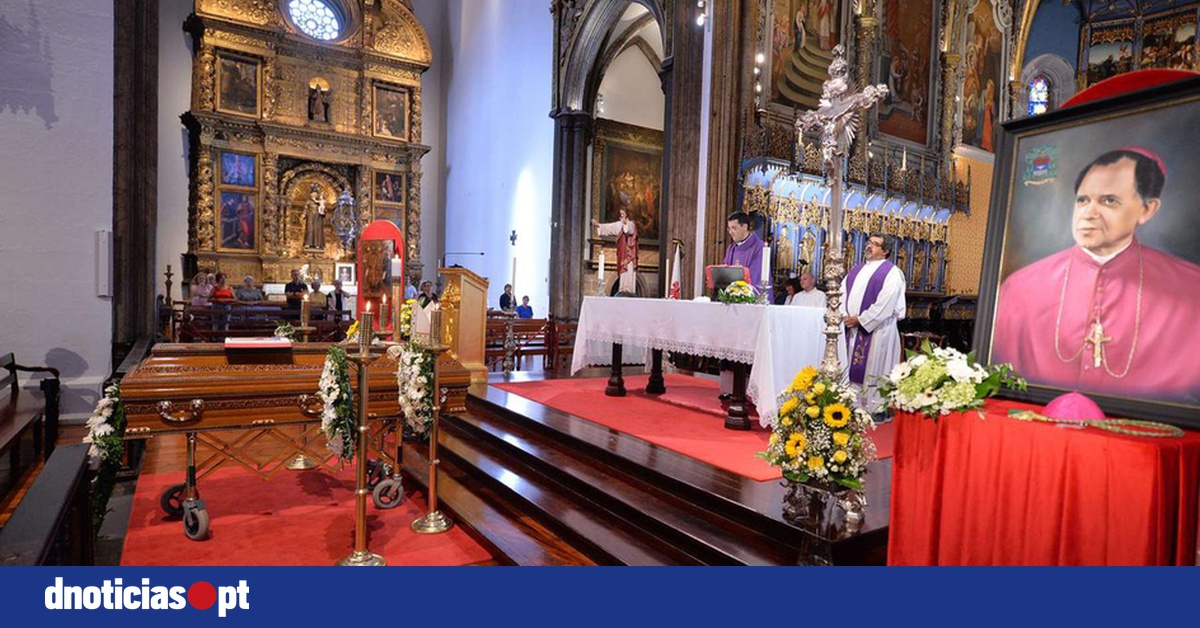






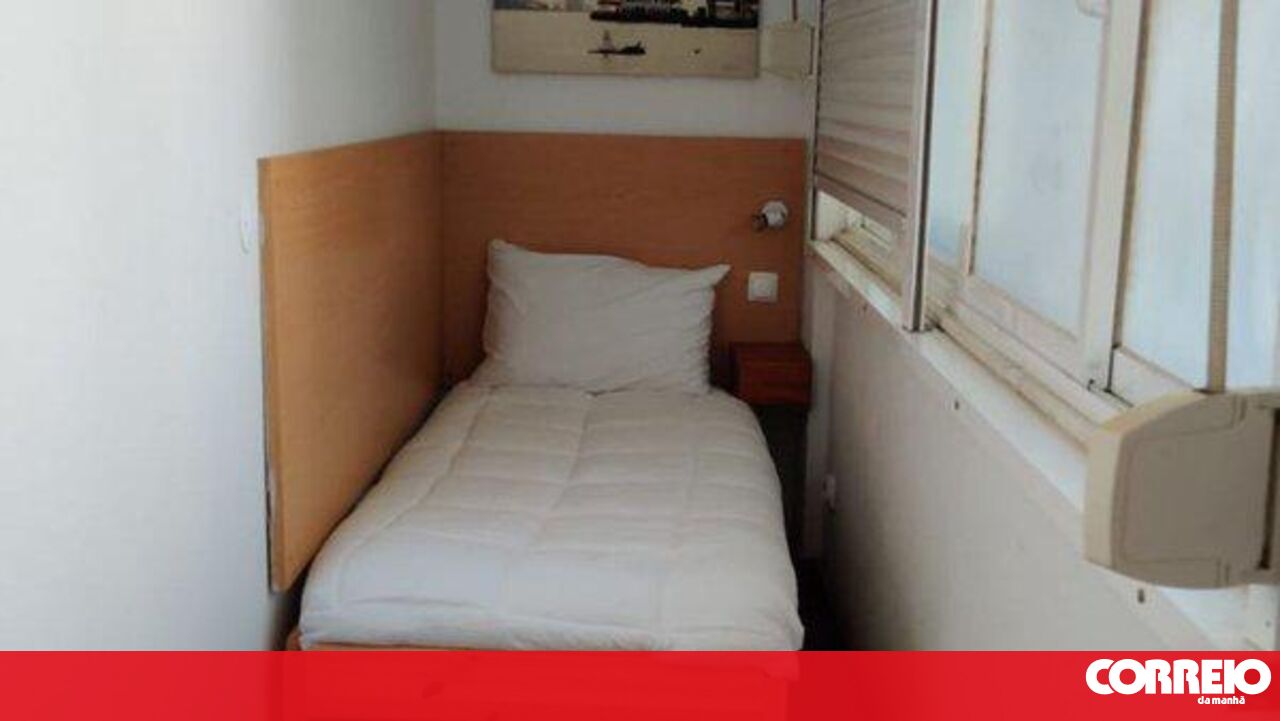



Comments
Join Our Community
Sign up to share your thoughts, engage with others, and become part of our growing community.
No comments yet
Be the first to share your thoughts and start the conversation!